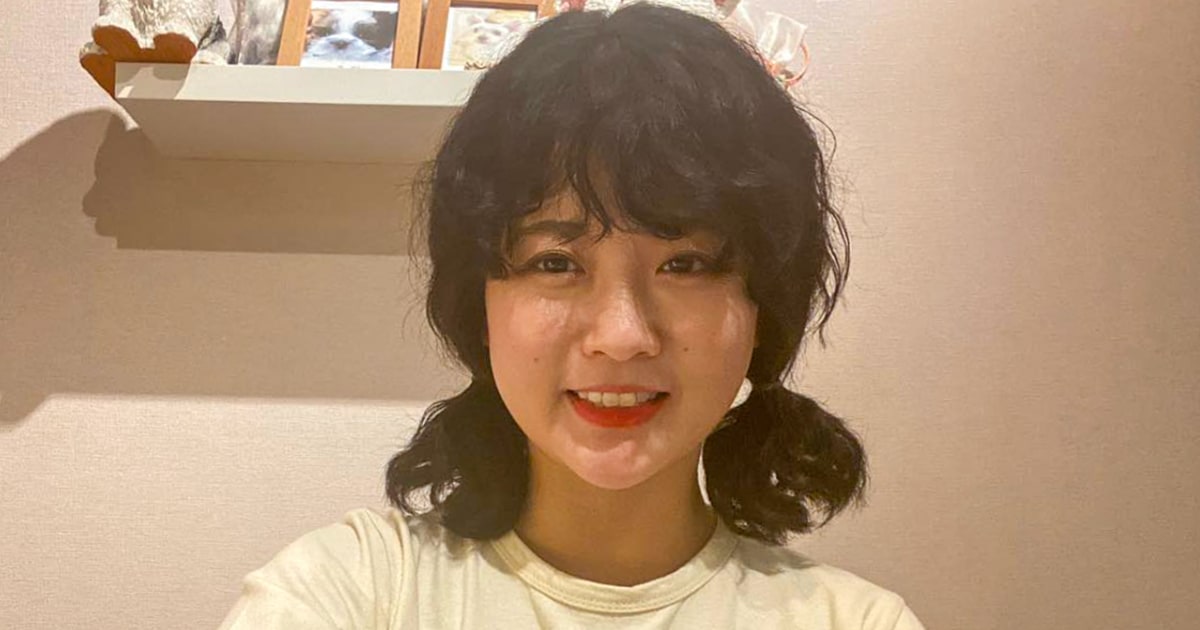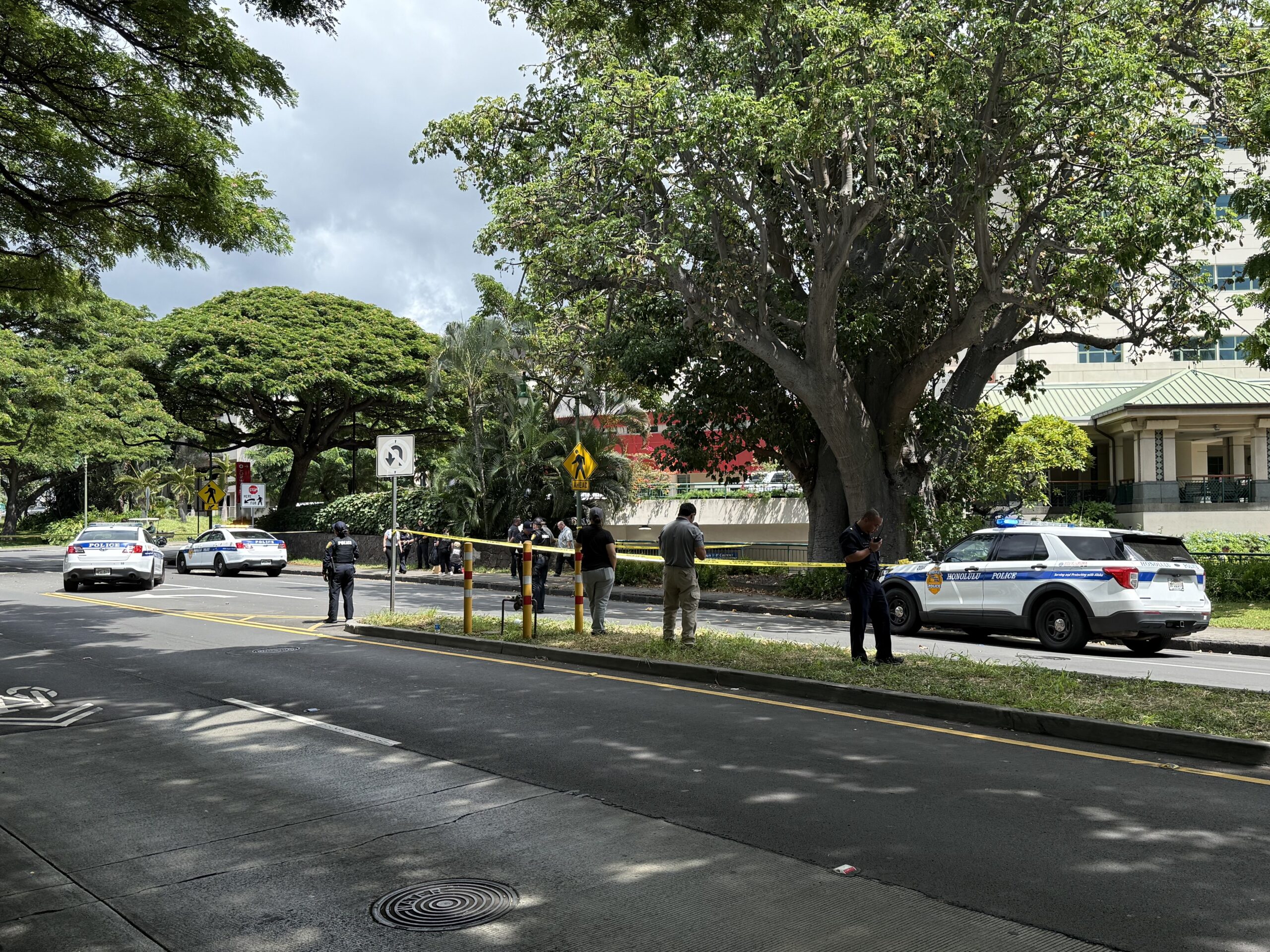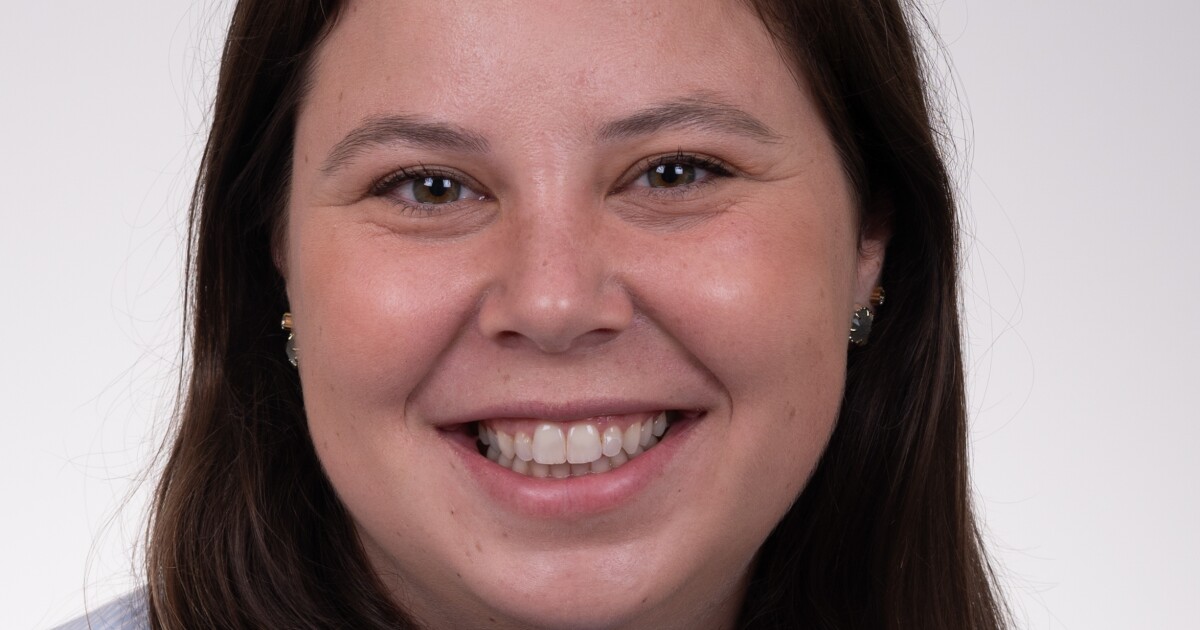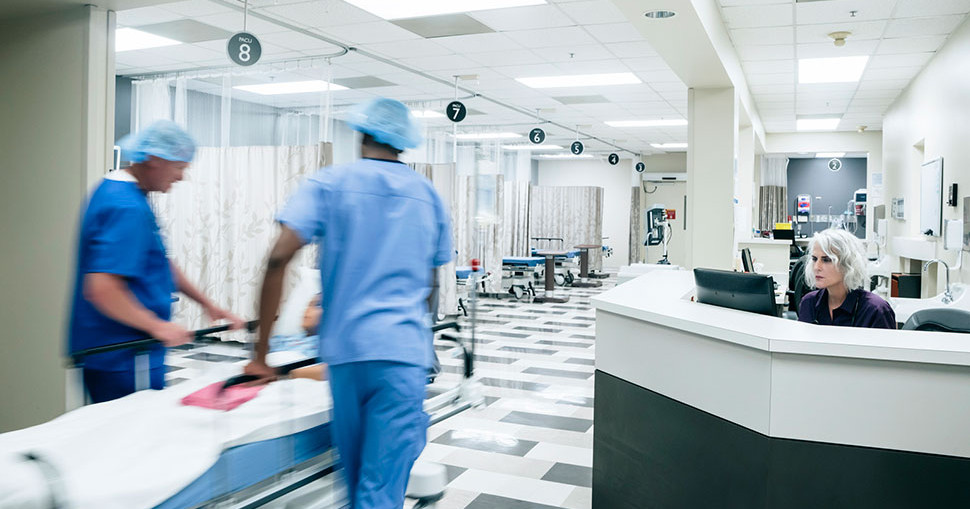How mental health care in schools became the norm in Minnesota

Editor’s note: This is the first of three stories on school-based mental health treatment in Minnesota.

This girl just can’t seem to settle. Like a bird in search of a worm, she flits from spot to spot in Yolonda Rogers’ office — a desk, a couple of chairs and a beanbag in the corner of a multipurpose room at Heritage STEM Academy, a Minneapolis public high school. Rogers, a mental health specialist tasked with providing mental health care to students in six of the district’s schools, is patient. She’s seen this kind of behavior before.
The girl keeps moving around the room, alighting briefly before taking out her cell phone and answering a call. When Rogers asks her a question, the girl’s answers are short and clipped, and her face is turned away. She doesn’t seem interested in talking, but it also seems like she doesn’t want to leave.
Then the girl spies a large plastic bag stuffed with snack-sized chips that Rogers keeps on a shelf near her desk. She pulls out a pack, and starts to eat. Still pacing the room, she begins talking about issues with her mother. Rogers listens, nods, asks a few more questions, and the girl finally sits down. Still not making eye contact, she tells Rogers she’s thinking about withdrawing from Heritage, how she’s gone to schools all over the state, how she’s been fighting with other students.
The conversation slowly warms up. Despite the rocky beginning, the girl somehow seems comfortable with Rogers, and their conversation becomes easy, even relaxed.

Later, Rogers explains that most of the students who come to her office have never seen a mental health therapist, and most of their parents are unlikely to have the time or financial resources to get them to a therapy appointment. Because Rogers, who holds a master’s degree in clinical social work, is at Heritage one day a week and is a known presence in the school, students feel comfortable just stopping by her office, and teachers and administrators know they can refer struggling students for a visit.
“It helps with their mental well-being to have me here,” Rogers said of her students. “I’m part of the community, and many of them find it easy to talk to me about what’s on their mind.”
Making mental health treatment as easy as going to the school nurse is a key component of Minnesota’s decades-long goal of providing low- or no-cost mental health care to all public school students. In a state with a lamentable history of racial and economic inequality, this clear commitment to easy access to mental health care stands out.

In the wake of the global COVID pandemic, much attention has been paid to kids’ mental health, but children in the United States have struggled for decades trying to access counseling and therapy. In the past, children in Minnesota’s public schools largely got mental health care from school social workers or psychologists, but that approach had shortcomings, including staffing problems and budget limitations that meant kids who really needed to talk to someone about their mental health often had to wait for months.
In the early 2000s, in recognition of growing rates of mental illness among children, the state began expanding access to mental health care in public schools by contracting with outside agencies, bringing licensed mental health care providers into schools where they could become a regular part of the educational ecosystem. Supported by the state Legislature, the Minnesota Department of Education (MDE) and Department of Human Services (DHS) approved funding for these efforts, from $4.7 million in 2008 to over $20 million today, and slowly the number of mental health providers in the state’s public schools began to grow.

Mark Sander, Hennepin County director of school mental health, has been involved in the effort since the beginning. “If we go back to 2005,” he said, “we had therapists in five schools. Now, just in Hennepin County alone, we have 22 different agencies doing this work. There are over 230 therapists in over 220 schools just in Hennepin County serving about 7,000 students a year.”
This work hasn’t gone unnoticed. Kris Lofgren, DHS school behavioral health program coordinator, said that during the pandemic, Minnesota’s efforts to expand mental health care to public schools was highlighted in a U.S. Department of Education report.
Related: Researchers measure fewer suicide attempts after school-based mental health implemented in Hennepin County
“It brought national attention to what’s being done in the state,” Lofgren said. “People figured out that we have been doing a lot of important work around bringing mental health services to where kids are. It identified Minnesota as a leader.”
Sander has witnessed this expansion — and the impact it has had on kids — first hand. He said he’s proud of Minnesota’s support for children’s mental health and grateful for the many advocates who’ve made it possible. Easy access to free- and reduced-cost mental health care is not a given in public schools nationwide, but today it is available in 82% of Minnesota’s public school districts and in 61% of the state’s 2,661 public schools, a reality he does not take lightly.
“I’ll be honest,” Sander said. “Minnesota has crushed it.”
Part of the furniture
To Sander’s mind, the ideal school-based mental health provider wears a camouflage of sorts, blending into the background like part of the landscape of the regular school day. When kids have to leave school to see a therapist, he said, the experience can be much more intimidating, making mental health treatment feel onerous or even threatening.
“One of the things that’s been really beautiful is when you bring these mental health services into the schools it doesn’t seem like a big deal,” Sander said. When a therapist is based in school, kids and parents see them in the hallway or the lunchroom. They see kids interacting with their peers, observe behaviors and connect with teachers, he added. “The therapist can then talk to a teacher or another adult in the building and really help integrate their work, saying, ‘Tommy is working on his anxiety and so if you see him starting to get a little bit anxious, just touch him on his shoulder. Nobody else needs to know, but it’s your thing.’”

Take Rogers, for example. Students and staff flow in and out of her office, stopping to chat, grab a bag of chips, check in on their day, or to introduce a friend and refer them for services. When school-based therapists are easily accessible and available like this, Sander said, word starts to spread. “Youth feel comfortable coming to a therapist or a social worker and saying, ‘Hey: I’ve got a concern,’ or, ‘I’ve got a concern about my friend.’ We as a team can help figure out what’s the best place for them to start getting support.”
While going to therapy can be commonplace for kids in higher-income groups, many children from immigrant and refugee communities often have little or no background seeking mental health support. This is the case with students in many of the state’s public schools.
Jill Johnson, executive director of Change, Inc., a nonprofit provider of school-based mental health care in Minnesota schools, said that when therapists are located in a school, kids are highly likely to get care. “There is a piece of research that says for kids from low-income families, if they need mental health care, there is only a 13% chance they will access services, but when mental health care is available in schools it is something like a 96% chance.”
Related: Princeton schools to pilot Minnesota’s first Teen Mental Health First Aid program
Sander has seen that in action. “Half of the students that are supported by school-based mental health in Hennepin County have never had mental health services before,” he said. “Of those that are getting it for the first time, 40% have really significant mental health issues.” This lack of access isn’t due to parental neglect, Sander added. “Parents want to get their kids the stuff they need. It was just that they couldn’t get them there or didn’t know how to make it happen. Having it in the school allows them to get their kids that support.”
There are many reasons why getting a kid to therapy, even when parents are on board, can be difficult. Sander recalled a meeting he and parent had several years ago with then-U.S. Sen. Al Franken. “This parent said. ‘I’ve got a job and I was worried about losing my job because of having to take my young person to therapy,’ The fact that they could get that support at school was a game-changer. For the parent, it really lessened their own anxiety.”
Few and far between
While Minnesota’s commitment to providing mental health care to kids in public schools has received national praise, there are still some parts of Greater Minnesota where a scattered population and the limits of geography can make that access spotty at best.
Johnson, whose nonprofit supplies mental health providers to schools across the metro area, said she’s all-too familiar with the state’s rural/urban divide.
“School-based mental health services look very different in St. Paul and Minneapolis vs. in rural Minnesota,” she said. “I know some districts in rural Minnesota where the whole district might share only one or two clinicians. It is different in Minneapolis or St. Paul, where we have a clinician in almost every school.”

In Grand Marais, two hours north of Duluth on Lake Superior’s North Shore, Lisa Sater works as an early childhood therapist and clinical supervisor for the Cook County Public Schools. The district, which covers some 3,340 square miles, has about 430 kids from pre-school to 12th grade.
A couple of years ago, Sater, who has lived north of Brainerd since 1982, decided to fulfill her dream of living just about as far north as you can get when she and her husband decided to pull up stakes and move to Grand Marais. She’d been working as a child therapist for decades, employed as a school therapist through Greater Minnesota Family Services, a Willmar-based nonprofit providing in-home and school-based mental health services to children and families outside of the Twin Cities. Aware that her skills were in high demand, she reached out to Chris Lindholm, Cook County Public Schools superintendent.
“I emailed Chris and said, ‘Could you use a mental health therapist in your school?’” Sater recalled. “He said, immediately, ‘Yes. Yes. We really need someone to come,’ My next email was to my boss. I said, ‘Would you support me in moving my work to Grand Marais?’ He said, ‘Yes. Of course.’”
Sater understands it takes a certain type of person to want to live in Grand Marais. While the town — population 1,352 — is nestled into an undeniably beautiful harbor on a majestic lake, the isolation that makes it precious can also be a source of struggle when a kid is in need of mental health care.

“It is very hard for parents to come in and to therapy with their kids,” Sater said. “About 30% of our student population are Native American. Some go to school on the reservation in Grand Portage. It is a good school, but some kids from there also come here.” The trip from Grand Portage to Grand Marais is about 35 miles one way, and parents often have a hard time making it to school, let alone to town for a visit with a therapist.
“A lot of people can’t afford the gas,” Sater said. “There is limited public transportation. That’s one of the problems. Another one is a lot of people have to work more than one job. It is an expensive place to live.”
When he moved to town in July 2021, Lindholm described what felt like a children’s mental health desert. “I saw a huge need here for children’s mental health services. There were two providers in the whole county and not near enough horsepower. Basically, mental health services in all of Cook county in general were drastically lacking. The county itself called it out as a big problem.”

Though they are far removed from the pressures of city living, Lindholm said that kids in his district struggle with many of the same issues as their urban counterparts. “Over half of our kids are in poverty, there are lots of visible mental health struggles. Teachers tell me the mental health needs are incredible. In 2022, for instance, nearly half of our junior class was being treated for mental health of some kind.”
Sater’s email felt like an amazing boon, Lindholm said. The need for her services was clearly there, even in his “tiny” district. “She went to a full caseload in the county almost immediately.” The district has enough funding to employ a second school-based therapist, and it has posted the position for two years with no takers.
What makes the region beautiful also makes it a hard sell. “It is two hours to everything. A trip to the eye doctor is a full-day trip.”

At the state Capitol, there have been efforts to make providing mental health services to kids in Greater Minnesota more appealing, like providing loan forgiveness and tuition support to mental health providers who agree to practice in rural areas.
Unless, like Sater, another provider drops from the sky, Lindholm fears that it will always be a struggle to fully attend to the mental health of all students.
All day every day
At Como Park Senior High School in St. Paul, mental health care is integrated into nearly every aspect of the school. In June, members of Como’s mental health team gathered for an end-of-year wrap-up meeting, led by Christy McCoy, one of five of the school’s social workers. The group, made up of social workers, an intern, therapists and a psychologist, described the many ways they work to seamlessly wrap their services into the daily lives of students, teachers and administrators.
McCoy talked about her work co-facilitating a group of male students who’d been chronically absent from class, but actually spending time in the school building. “I thought,” she said, “‘Let’s build this community to not just focus on academics, but let’s get to some of the root causes of why they’re not coming to class.’” The group provides mental health support for the students in a way that feels comfortable to them.
“We talk about everything in there,” McCoy said. “We talk about culture. We talk about our strengths, how to use those strengths to empower us and to channel those strengths to help us with things like advocacy, like how do we develop some of those social skills to be able to articulate what we need, what we want.”
That approach works with group members, McCoy said, who have jumped on board with a surprising enthusiasm. “They said they wanted to have a group next year,” McCoy told her colleagues. “They want to do some community service. They want to give back. They want to be able to come into the classrooms and share about why it is important to take care of yourself. These are all ideas focused on mental health, and these are all ideas they generated.”

Back at Heritage STEM Academy, Rogers’ approach to mental health treatment also feels student-led. She always tries to start her sessions on comfortable footing. “I first start getting to know the student,” she said. “I explain my role and say, ‘I’m here to support you as a student. We can talk about mental health. We can talk about life. For many students it is helpful that I am African American. I also tell them I am a Minneapolis Public School alumni. It speaks to my cultural context, helps them open up.”
This article was published with support from the Solutions Journalism Network’s HEAL Fellowship.
Related
link







